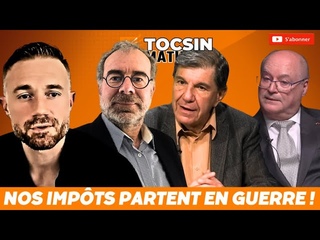The Police ~ Message in a Bottle ~ Synchronicity Concert [1983] [CC]
Press “CC“ button for Closed Captioning (Lyrics on Screen)
This live video shows The Police at The Omni Coliseum in Atlanta on 11-03-1983. Originally The Police wanted to release another concert, but were not satisfied with their 08-02-1983 performance. So Directors Godley & Creme filmed them again at The Omni in Atlanta, GA, USA on 11-02-1983 and 11-03 -1983. Some audience shots from the August performance were still used for the official release.
The Police’s Synchronicity Tour ran between July 23, 1983 and March 4, 1984.
During the early dates, the band resided at a mansion in Bridgehampton, New York and were flown to the concerts. This was the band’s final tour as a working unit and one of the highest-grossing tours of the 1980’s.
“I was never relaxed,“ drummer Stewart Copeland recalled. “I had so much anxiety. And I know how crazy that must sound to people who do real jobs.“ Copeland did however cite the August 18 show at Shea Stadium as the peak of “Policemania“: “Playing Shea Stadium was big because, even though I’m a septic tank (rhyming slang for ’Yank’), The Police is an English band and I’m a Londoner – an American Londoner – so it felt like conquering America.“
The November 2 and 3 shows in Atlanta were filmed and recorded for a live album and DVD.
“Message in a Bottle“ was released as the lead single from their second studio album, “Reggatta de Blanc“ (1979). Written by the band’s lead singer and bassist Sting, the song is ostensibly about a story of a castaway on an island, who sends out a message in a bottle to seek love. A year later, he has not received any sort of response, and despairs, thinking he is destined to be alone. The next day, he sees “a hundred billion bottles“ on the shore, finding out that there are more people like him out there.
The song exemplifies the reggae rock/new wave style of early Police. It is composed in the key of C sharp minor with a chord progression of C sharp m9 - Amaj9 - B7-F sharp m.
According to the band’s guitarist, Andy Summers, Sting had initially intended the guitar riff that “Message in a Bottle“ is centered around for a different song. Summers said to L’Historia Bandidio in 1981: “Sting had that riff for a while, but there was another tune with it originally. He’d been fiddling about with it during our first American tour. Finally, he rearranged the riff slightly and came up with the song.“ Summers came up with, as Sting described, “lovely arpeggiated shiver“ during the break prior to the third verse. Sting praised this addition saying, “He’d [Summers] do that – the song would be quite raw and he’d just add these lovely colors.“ The song was recorded at Surrey Sound Studios as part of the sessions for the Reggatta de Blanc album. Stewart Copeland’s drumming, praised as his “finest drum track“ by Summers, was “overdubbed [from] about six different parts.“
The song was a massive success in Britain, becoming The Police’s first No. 1 hit in the UK Singles Chart. The song also topped the charts in Ireland and reached No. 5 in Australia. Despite its popularity in the UK, the single only reached No. 74 in the United States.
“Message in a Bottle“ is also a personal favorite of the members of the band. In addition to saying it was his favorite song in an interview with Jools Holland of the BBC, Sting described it as a “good song“, and also said that he was “very proud“ of it. Copeland said it was “one of our best moments in the studio and always great on stage.“ Summers described the track as a personal favorite in his book “One Train Later,“ and said, “For me, it’s still the best song Sting ever came up with and the best Police track.“
“Message in a Bottle“’ is a good song. That can move me. I like the idea that while it’s about loneliness and alienation it’s also about finding solace and other people going through the same thing. The guy’s on a desert island and throws a bottle out to sea saying he’s alone and all these millions of bottles come back saying, So what So am I! I like the fact that the whole deal is clinched by the third verse. It makes a journey. — Sting, Q, November 1993
*The supporting act for the band was The Fixx.
Stewart Copeland – Drums & Percussion
Sting – Bass guitar, Lead Vocals (Backing vocals on Album)
Andy Summers – Guitar
Michelle Cobbs, Tessa Niles, & Dolette McDonalds – (Female backup singers at concert)
#MysticRhythmsLive























